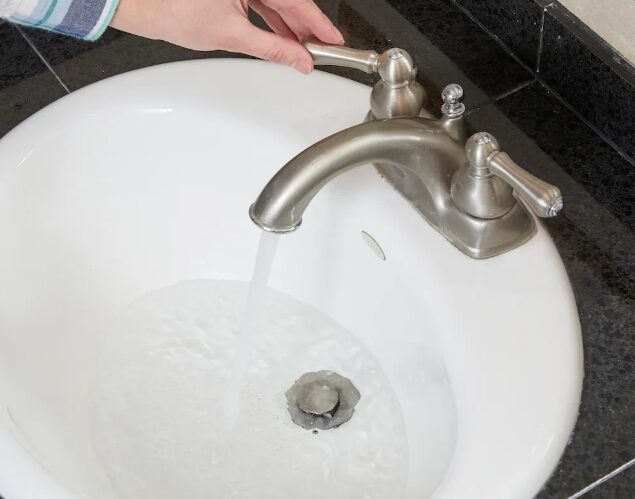
A slow drain might seem like a minor inconvenience-an annoyance that you put off dealing with until it becomes a real problem. However, what many homeowners don’t realize is that ignoring a sluggish drain can lead to serious and costly repairs down the road. Whether it’s your kitchen sink, bathroom drain, or shower, slow drainage is often an early warning sign of a more significant plumbing issue lurking beneath the surface.
The Common Causes of Slow Drains
Understanding what causes slow drains can help you prevent major plumbing disasters. Here are some of the most common culprits:
- Buildup of Debris: Over time, hair, soap scum, grease, and food particles accumulate inside pipes, restricting water flow.
- Pipe Corrosion: Aging pipes can deteriorate, leading to blockages and potential leaks.
- Tree Root Infiltration: Tree roots seek out moisture and can invade underground pipes, causing severe obstructions.
- Foreign Objects: Small items, such as hygiene products, paper towels, or children’s toys, can find their way into drains and causes clogs.
- Broken or Misaligned Pipes: Structural issues can disrupt proper drainage and lead to backups.
The Hidden Dangers of Ignoring a Slow Drain
Ignoring a slow drain might seem harmless at first, but the consequences can be severe. Here’s what can happen if you neglect the problem:
1.Complete Blockages
A slow drain is a warning sign that a clog is forming. If left unchecked, it can lead to a complete blockage, rendering your sink, tub, or toilet unusable. At this point, a simple fix might no longer be an option, and professional intervention will be necessary.
2.Water Damage and Mold Growth
A partially clogged drain can cause water to back up, leading to leaks or overflows. This excess moisture can result in water damage to your floors, walls, and cabinets. Worse yet, damp areas create the perfect breeding ground for mold and mildew, which can pose health risks.
3.Pipe Damage and Costly Repairs
As debris builds up inside your pipes, it increases pressure and weakens the pipe walls. This can lead to cracks, leaks, or even burst pipes. Replacing or repairing damaged pipes can be expensive and disruptive to your home.
4.Unpleasant Odors and Bacteria Growth
Slow-Moving water can create a stagnant environment where bacteria thrive. Over time, this leads to unpleasant odors coming from your drains, making your home feel less clean and inviting.
5.Sewage Backup
In severe cases, a slow drain can indicate a problem with your sewer line. If ignored, it would lead to sewage backup into your home, which is not only messy but also hazardous to your health.
How to Prevent Slow Drain Issues
The good news is preventing slow drains, and their associated problems is relatively easy with regular maintenance and good habits. Here are some preventive measures:
- Use Drain Strainers: Catch hair, food particles, and other debris before they enter your pipes.
- Avoid Pouring Grease Down the Drain: Grease solidifies inside pipes, leading to stubborn clogs.
- Run Hot Water Regularly: Flushing your drains with hot water can help prevent buildup.
- Use Natural Cleaners: Baking soda and vinegar can help break down minor clogs before they become serious.
- Schedule Routine Drain Cleaning: A professional plumber can perform maintenance checks to ensure your pipes stay clear and functional.
Don’t Wait Until It’s Too Late
A slow drain is more than just a minor nuisance-it’s a warning sign. By addressing the issue early, you can prevent costly repairs, avoid water damage, and keep your home’s plumbing system running smoothly. If you notice persistent drainage issues, don’t wait-take action now to protect your home and your wallet.
Have you experienced issues with slow drains? Share your stories in the comments below!

Leave a Reply